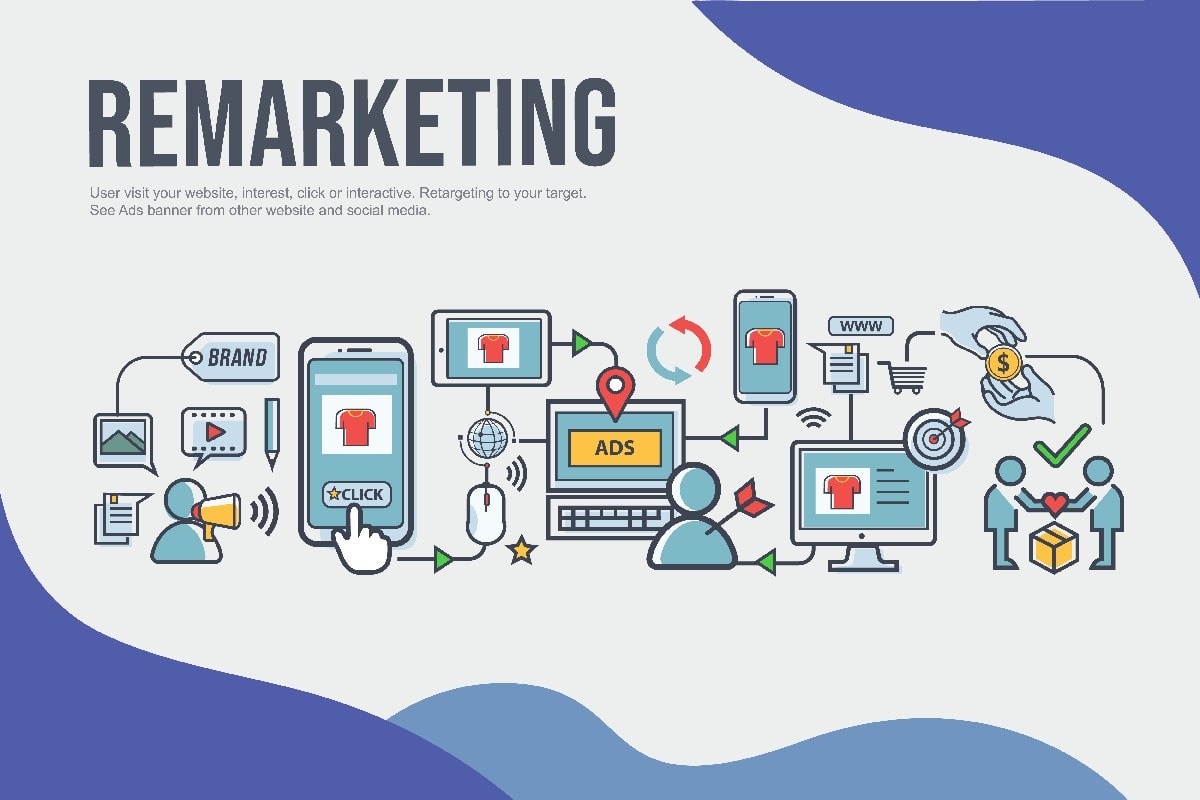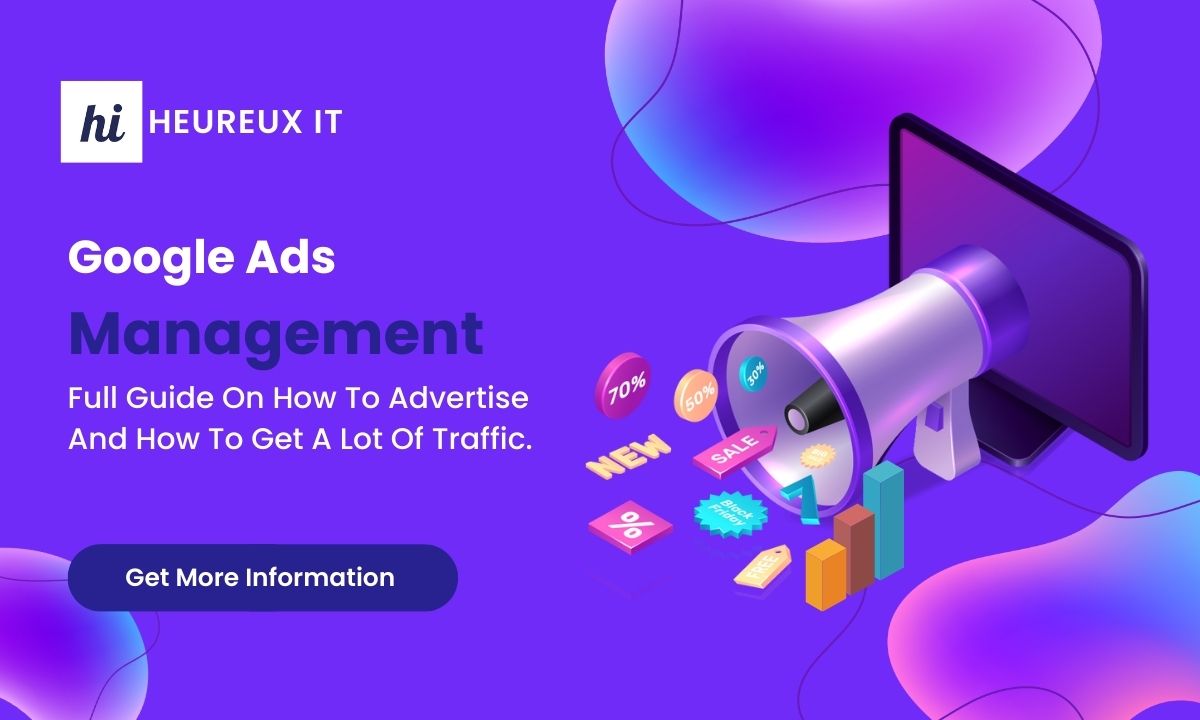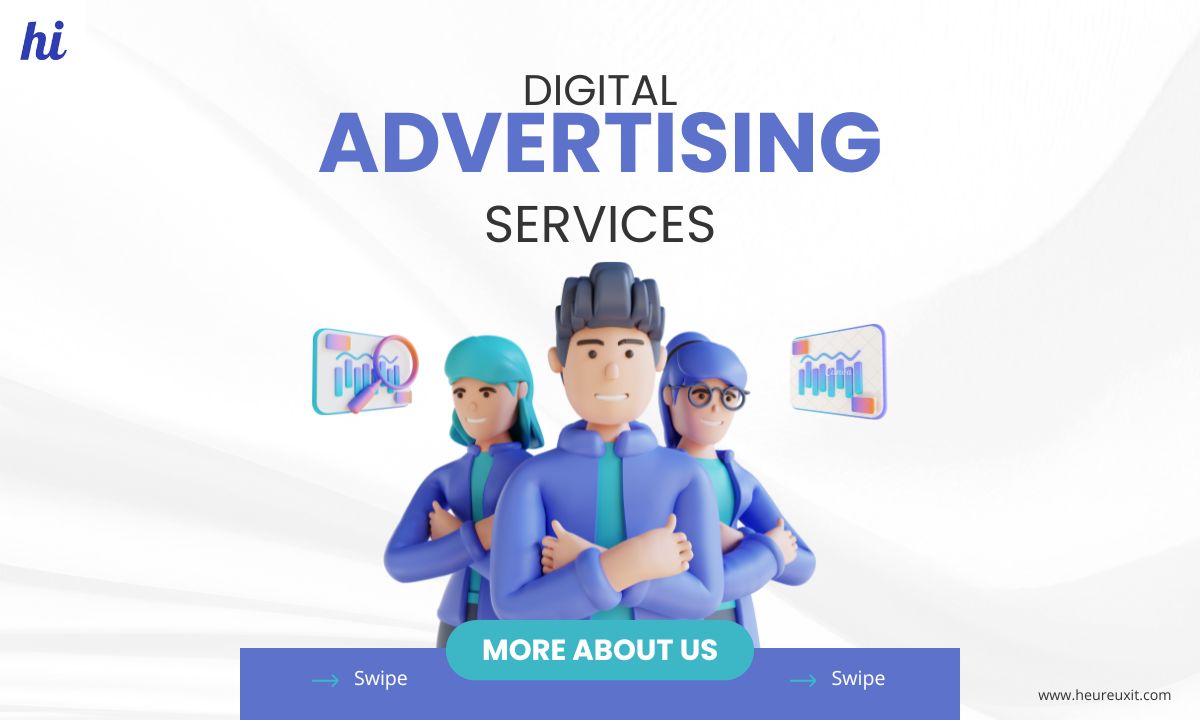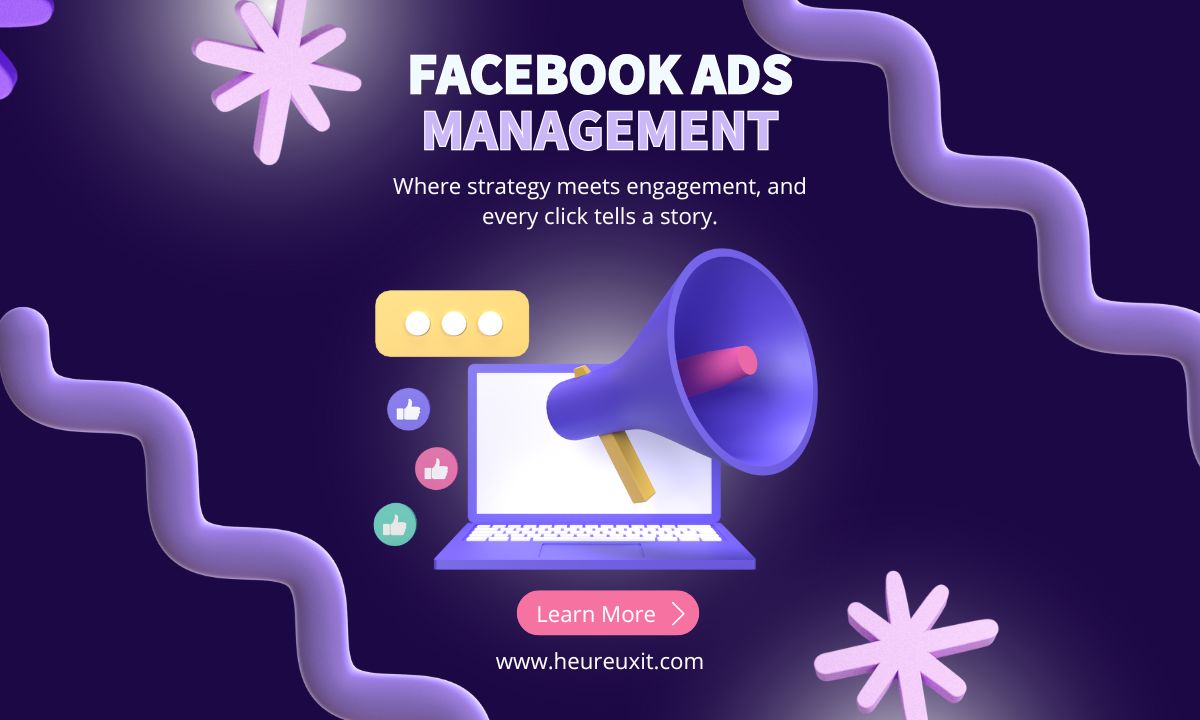Remarketing, or retargeting, is an essential strategy in digital marketing that helps businesses re-engage potential customers who have already shown interest in their products or services. By placing a cookie on the user’s computer, businesses can track online activity and show targeted ads as the user browses other websites. This guide will walk you through the fundamentals of this strategy, its benefits, different types, and tips for setting up and optimizing your campaigns.
What is Remarketing and How Does It Work?
Remarketing is a technique that allows businesses to reconnect with users who have interacted with their website or mobile app. By placing a cookie on the user’s device, companies can follow their online journey and present them with relevant ads on other platforms. This method increases the likelihood of converting potential leads into customers since these users have already expressed some level of interest.
When a user visits your website but leaves without making a purchase, It helps keep your brand in front of them by displaying ads as they visit other sites. This targeted approach ensures your ads are seen by those most likely to be interested in your products or services, enhancing your marketing efficiency and effectiveness.
Benefits of Remarketing
It offers several significant advantages for businesses aiming to boost their sales and brand awareness. Firstly, it significantly improves the chances of making a sale by targeting users who have already shown an interest in your offerings. These users are more likely to convert compared to new visitors.
Secondly, it helps build brand loyalty. Repeated exposure to your ads helps reinforce your brand in the minds of potential customers, making them more likely to remember and prefer your products or services. Additionally, it is cost-effective because you only pay when someone clicks on your ad, ensuring you get the most value for your advertising spend.
Types of Remarketing
There are several types of retargeting strategies that businesses can implement, depending on their goals and audience.
Email Remarketing
This involves sending targeted emails to customers who have previously expressed interest in your products or services. It’s an effective way to re-engage potential customers and encourage them to complete a purchase.
Retargeting Ads
These ads are shown to users who have visited your website but didn’t take any action. By targeting these users with relevant ads, you can significantly increase the likelihood of converting them into customers.
Specific Page Visitors
You can target users who visited specific pages, such as pricing or industry-specific pages, indicating a higher intent to purchase.
Cart Abandoners
These are users who added items to their cart but left without completing the purchase. Targeting them with ads or emails offering incentives like discounts can effectively bring them back to complete their purchase.
How to Set Up a Remarketing Campaign
Setting up a retargeting campaign is straightforward, especially if you have a Google Ads account. Here’s a step-by-step guide:
- Create a Google Ads Account: If you don’t already have one, sign up for a Google Ads account.
- Install Remarketing Tags: Add the Google remarketing tag to your website. This tag tracks visitors and adds them to your remarketing lists.
- Build Your Lists: Segment your audience based on their behavior on your website. For example, create lists for cart abandoners, past purchasers, or visitors to specific pages.
- Create Your Ads: Design compelling ads that offer a clear value proposition. Ensure they are relevant to the interests and behaviors of your segmented lists.
- Launch Your Campaign: Set your budget, choose your target audience, and launch your campaign. Monitor its performance regularly to make necessary adjustments.
Tips for Optimizing Your Remarketing Campaign
To maximize the effectiveness of your campaign, consider these optimization tips:
Define Your Audience
Identify who you want to target and tailor your ads accordingly. This will help ensure your ads are relevant and engaging to the right people.
Make Your Ads Relevant
Ensure your ads match the interests of your targeted audience. If users see ads for products they’ve shown interest in, they’re more likely to click and convert.
Use Frequency Capping
Avoid bombarding your audience with too many ads, as this can lead to ad fatigue. Implement frequency capping to limit the number of times each user sees your ad.
Test Different Strategies
Experiment with various messages and ad formats to see what resonates best with your audience. Continuously test and refine your approach to improve performance.
Troubleshooting Common Remarketing Issues
If your campaign isn’t delivering the desired results, consider these troubleshooting tips:
– Optimize Ad Spend: Ensure your budget is being used effectively by targeting the right audience and creating relevant ads.
– Proper Tagging: Check that your website is correctly tagged to track visitors and their interactions.
– Monitor Campaigns: Regularly review your campaigns to identify and address any issues promptly. Make adjustments as needed to improve performance.
Remarketing is a powerful tool that can significantly boost your conversion rates and ROI. By reaching out to users who have already shown interest in your products or services, you can effectively drive them back to your website and encourage them to make a purchase. For expert assistance in creating and optimizing your campaigns, consider partnering with a digital marketing agency like Seven Boats. Contact us today to get started on achieving your business goals.







